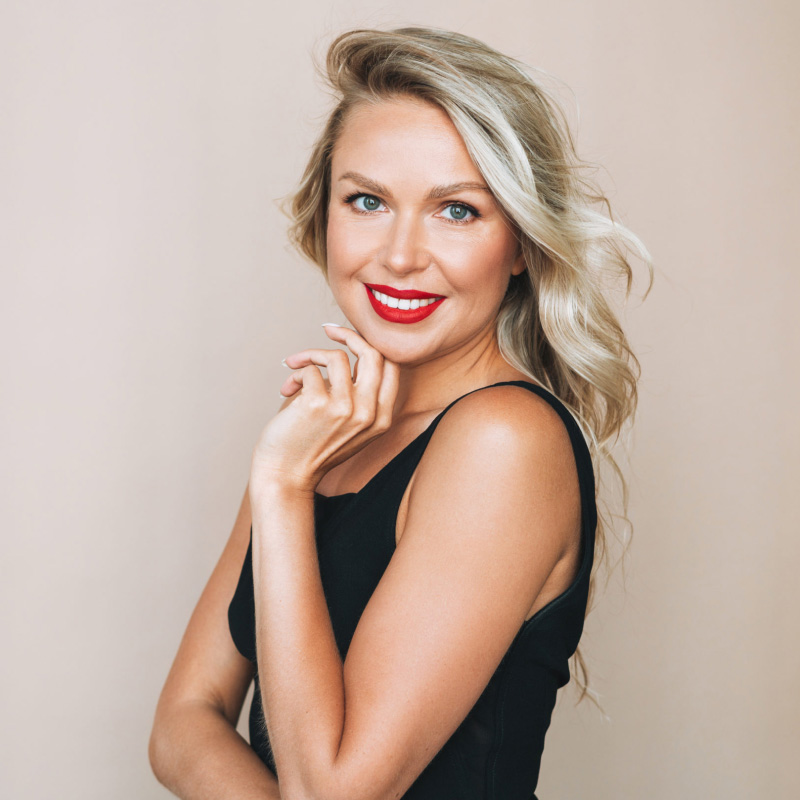LiveFill® Beverly Hills


LiveFill® Overview
Table of Contents
LiveFill® Introduction
LiveFill® Facts
Fat transfer, also known as fat grafting, fat autographs, autologous fat transplantation, fat injection, or micro lipo- injections, plumps up facial features with your own fat and is a popular alternative to conventional wrinkle treatments. In traditional rejuvenation surgery, physicians were limited to repositioning or tightening your existing tissue and skin. Tightening and lifting the skin is not always the answer to facial rejuvenation however because many times, fuller offers better results than tightening. Fat Transfer has added a new dimension to cosmetic surgery and this revolutionary technique of replacing tissue is now being used in all facial areas. Once transferred, the result is usually permanent, although more than one session may be required to achieve your desired volume.
With LiveFill®, Dr. Moelleken trademarked a brilliant technique that expanded on decades of research in the Plastic Surgery field. Unlike other fat injections, he developed a way to transfer living fat from a patient’s own tissues that are fully alive. The basic biology is exactly the same as for fat injection, with several important differences. First, the graft material for LiveFill® is obtained by a process that does not damage the grafted material, so more of the material is alive than with fat injection. This in return results in more of the material surviving. Second, precise pockets are fashioned in which to place LiveFill®, rather than fat injection being injected into the tissues. LiveFill® consists of harvesting living fat and fascia, a flat band of tough tissue below the skin that covers and separates the underlying tissues. Once the material is obtained, usually from the lower abdomen, Dr. Moelleken fashions the tissue into very thin grafts or strips resembling strings of pearls that contain structural integrity and intact blood vessels. During a minor surgical procedure, Dr. Moelleken creates a pocket under the skin through a small incision before implanting the grafts into the deflated regions of your face. When LiveFill® is placed, the blood supply from the patient grows into the LiveFill® grafts becoming a permanent part of the patient. Since the tissue comes from the patient’s own body, there is no danger of disease transmission, allergic reaction, autoimmune diseases, or immunologic rejection. Dr. Moelleken states, “Within 72 hours, the body knows the strips are alive and that they belong to the patient.”
LiveFill® is different from any rendition of grafted material developed thus far. Conventional injectables must go through a harvesting tube involving aspirating fat into a syringe, purifying, then injecting which kills most of the tissue. LiveFill® is fully alive unlike fat injections, which are approximately 20% live tissue. This means that approximately 80% of the material injected into patients is cellular debris, free fat, dead cells, blood cells, etc. This is important because a patient’s body will start to work immediately removing the dead cells and free fat until it can either grow blood supply into living cells or encapsulate (surround with scar tissue) any offending agents. This reaction may account for the reason patients experience alarming amounts of swelling due to the over-injection necessary to compensate for the small amount of tissue that is actually healthy. Many materials grow lumpy, especially if they are bone fragment-based, have synthetic material in them, or are not living. LiveFill® is superior to the more commonly performed fat injections because it offers a permanent solution for facial aging while fat injections only offer temporary results.
- Lip augmentation (upper and lower lips)
- Nasolabial folds (smile lines)
- Marionette lines (puppet lines)
- Glabellar creases (frown lines)
- Temporal hollowing
- Malar region and submalar regions (cheek collapse; instead of cheek implants
- Lateral perioral commissure (lip corner crinkle)
- Cheek hollowness (buccal space)
- Eyebrows and the areas next to the eyes where crow’s feet appear
- Deep facial wrinkles and folds
- Fat Grafting vs. Cheek Implants

